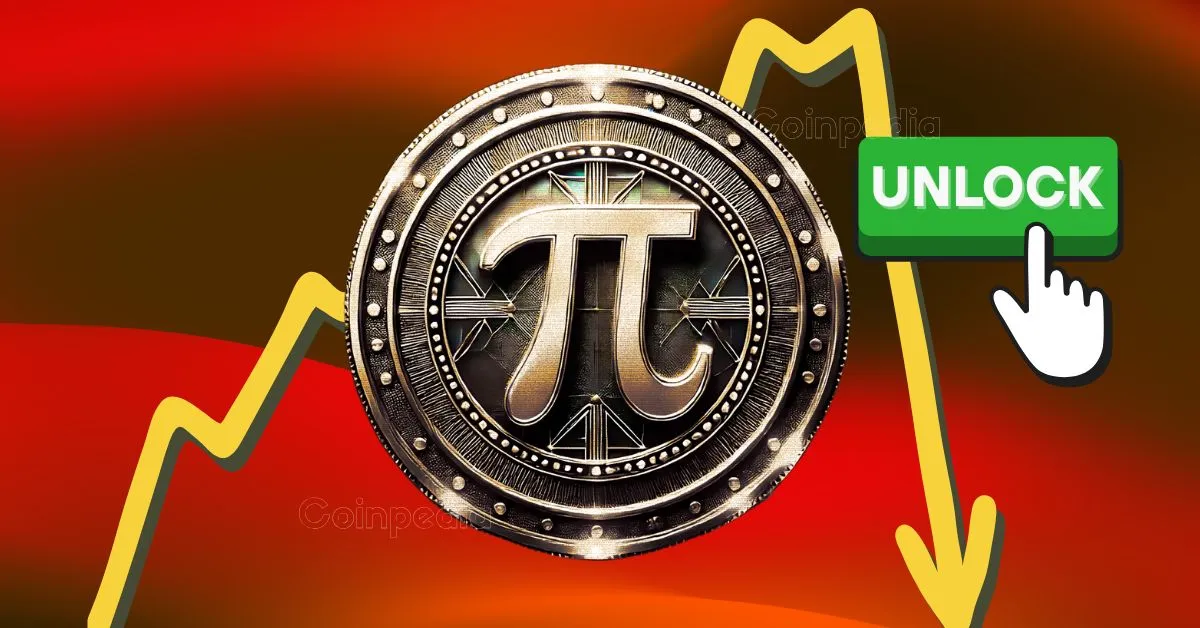The Critical Juncture: Pi Network’s Token Unlock and Market Dynamics
Introduction: A Pivotal Moment for Pi Network
The cryptocurrency landscape is never short of drama, and Pi Network finds itself at the center of a storm as it approaches a critical phase in its journey. With a significant token unlock event looming in August, the project is bracing for impact. This report explores the potential consequences of this event, dissects the current market dynamics, and examines the broader implications for Pi Network’s future.
The Token Unlock: A Delicate Balance of Opportunity and Risk
The upcoming token unlock is the elephant in the room. Estimates suggest that between 156 million and 162.8 million PI tokens will be released into the market in August, valued at approximately $68 million at current prices. This influx of new supply is a double-edged sword.
On the positive side, increased liquidity could stimulate trading activity and attract new users to the Pi Network ecosystem. However, the primary concern is the potential for selling pressure. If a substantial portion of these newly unlocked tokens hits the market, it could overwhelm existing buying demand and drive the price downwards. The delicate balance between opportunity and risk hinges on the behavior of token holders and the overall market sentiment.
Market Dynamics: A Fragile Ecosystem
Several factors contribute to the vulnerability of Pi’s price in the face of the token unlock. Firstly, the overall market sentiment is bearish, with technical indicators suggesting continued downward momentum. The Relative Strength Index (RSI) indicates that Pi is currently oversold, which could signal a potential bounce. However, without strong buying support, any rally might be short-lived.
Secondly, Pi is trading near its all-time low, hovering around $0.40 to $0.43. This proximity to its lowest price point makes it particularly susceptible to further declines if the token unlock triggers widespread selling. The psychological impact of breaking through this all-time low could exacerbate negative sentiment and lead to a self-fulfilling prophecy of price depreciation.
Thirdly, concerns persist regarding the concentration of Pi tokens within a relatively small number of wallets. Reports highlight that a significant percentage of the total supply is held in the top 100 wallets. This concentration raises the risk of market manipulation and sudden price swings if these large holders decide to sell their tokens.
The Exchange Listing Conundrum: A Barrier to Growth
One of the most significant challenges facing Pi Network is its absence from major cryptocurrency exchanges like Binance. The primary reason cited for this absence is the project’s lack of transparency and failure to meet Know Your Business (KYB) requirements. Without these listings, Pi’s accessibility remains limited, hindering its potential for wider adoption and price appreciation.
The timeline for potential exchange listings remains uncertain. Some analysts suggest that listings on major platforms are unlikely before 2026 or 2027, contingent upon Pi Network addressing the transparency and KYB concerns. This prolonged absence from major exchanges could further dampen investor enthusiasm and contribute to price stagnation.
The Token Unlock Schedule: A Glimmer of Hope
Despite the prevailing concerns, there is a potential silver lining. Reports indicate that the token unlock schedule for August might be more gradual than initially feared. Instead of a massive single unlock, the tokens are being released at a slower pace, with most days seeing less than 5 million PI tokens entering the market.
This slower release schedule could mitigate the immediate selling pressure and allow the market to absorb the new supply more gradually. However, it is crucial to monitor the actual selling behavior of token holders to determine the true impact of this staggered unlock.
The AI Distraction: Separating Fact from Fiction
The emergence of “Pi Network AI” (PIAI) and “Pi Network AI Agent” tokens adds another layer of complexity to the Pi Network ecosystem. These AI-related tokens appear to be speculative projects built on top of the Pi Network, with price predictions forecasting extremely low values in the coming years.
It is essential to distinguish these AI-related tokens from the original Pi token itself. While they might generate some short-term buzz, their long-term value and impact on the overall Pi Network remain questionable. Investors should exercise caution and conduct thorough research before investing in these speculative assets.
Conclusion: Navigating the Storm
Pi Network stands at a critical crossroads as it approaches the token unlock event in August. The combination of weak market demand, bearish sentiment, token concentration, and lack of major exchange listings creates a precarious situation. However, the slower-than-expected token unlock schedule offers a glimmer of hope, potentially mitigating the immediate selling pressure.
The fate of Pi’s price in August hinges on the behavior of token holders, the overall market sentiment, and the project’s ability to address its transparency and KYB concerns. Open communication, transparency, and a commitment to fostering trust within the community are crucial steps in navigating this challenging phase. Without these principles, Pi Network risks succumbing to the pressures of market volatility and losing the support of its community. The road ahead is uncertain, but with the right strategies and a focus on long-term growth, Pi Network can weather the storm and emerge stronger.











